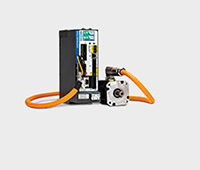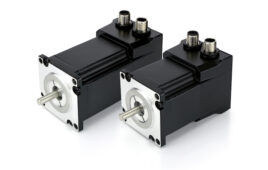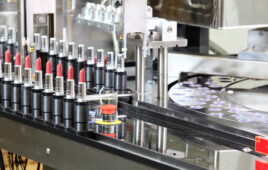 Recently, a prominent medical device manufacturer was looking for a way to reduce labor and increase safety in a potentially hazardous environment. Wire-shaping fixtures must go into heat-treat furnaces as part of the manufacturing process. However, there’s risk for human operators if they are required to handle this task.
Recently, a prominent medical device manufacturer was looking for a way to reduce labor and increase safety in a potentially hazardous environment. Wire-shaping fixtures must go into heat-treat furnaces as part of the manufacturing process. However, there’s risk for human operators if they are required to handle this task.
A robotic material handling system from Evana handles the challenge. The process involves wire-tying operators loading the wire shaping fixtures into part nests, which hold multiple fixtures. A robot will pick up the nest and load it into one of several furnaces. The robot will then take the heat-treated part nest from the furnace and place it into a cooling quench.
Part sensors ensure that all fixtures are present before entering the furnace, as well as when the fixtures are removed from the furnace. The robot will also transport the quenched nest to a conveyor that will feed the fixtures to an operator. From there, the nest and fixtures are returned to the wrapping operators on a flat belt conveyor for final assembly.
 “Thanks to the robotic material handling system, the operators can handle other tasks while maintaining a safe environment,” said Randy Wire, general manager of Evana Automation Specialists.
“Thanks to the robotic material handling system, the operators can handle other tasks while maintaining a safe environment,” said Randy Wire, general manager of Evana Automation Specialists.
Evana Automation Specialists
evanaautomation.com
Filed Under: The Robot Report, Medical-device manufacture, MOTION CONTROL, MORE INDUSTRIES





Tell Us What You Think!